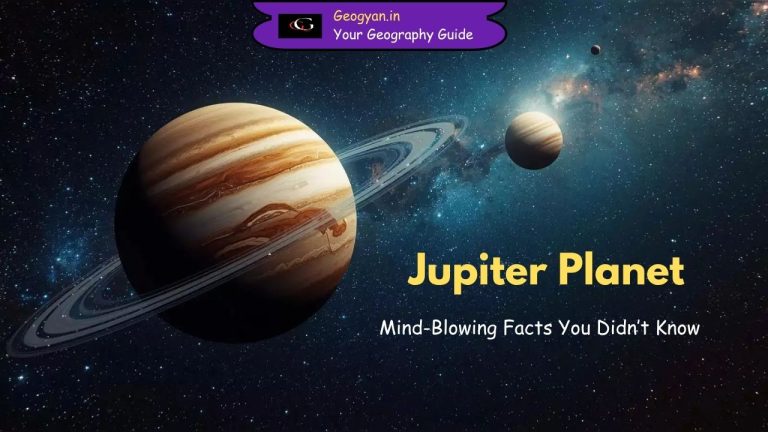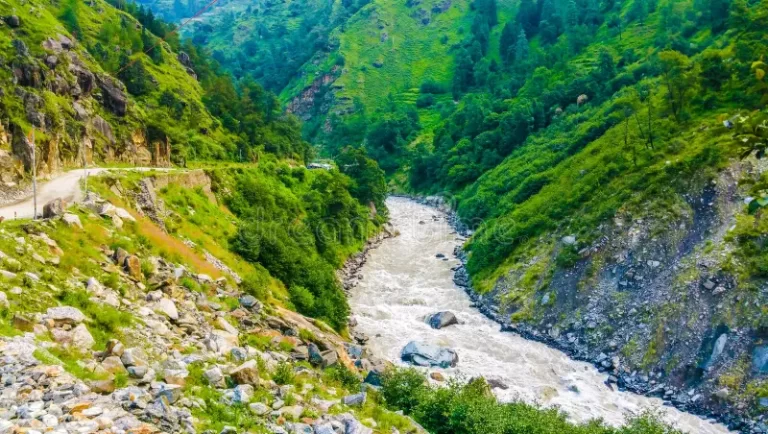Estimated reading time: 5 minutes
Table of contents
Contribution of Roman Geographers: Introduction
Many Greek geographical traditions were passed down and adopted by the ancient Romans when it came to scholarly pursuits. However, the Romans didn’t contribute much that was new to the field of geography. Around the time of Christ, a person named Marcus Terentius Varro wrote a concise book on geography. In this book, Varro presented a theory about the stages of human culture, which remained unquestioned for a long time until the nineteenth century.
Varro’s idea of cultural progression was based on the belief that human societies evolve through a regular sequence of stages. It all started with people depending on the natural resources provided by the Earth. They lived off what nature offered without much intervention. Then, they progressed to a stage of pastoral nomadism, where they herded animals and moved from place to place.
Afterward, they transitioned to an agricultural stage, where they settled down and started cultivating crops. And finally, they reached the stage of contemporary culture, which was the most advanced phase at Varro’s time.
Strabo
- Strabo was a Greek scholar and traveler who lived during the height of the Roman Empire.
- He was influenced by the historical topographical traditions of famous Greek scholars like Homer, Hecateaus, and possibly Aristotle.
- Strabo is considered to have summarized the historical tradition introduced by Greek scholars in geography.
- According to Strabo, a geographer should base their knowledge on the principles of those who have measured the Earth, just like astronomers get their principles from physicists.
- He accepts Aristotle’s zones of the inhabited world and agrees with Eratosthenes’ definition of the equator.
- Strabo believes the limit of possible human life towards the equator is at latitude 12°-30′ N, but doesn’t explain why he thinks so.
- He accepts the Earth’s circumference calculated by Posidonius around 100 BC.
- Strabo emphasizes the need for a strong mathematical foundation for geographers to accurately describe different parts of the world.
- He wrote a 17-volume work called Geographia, which was an encyclopedic description of the known world, including cultural distinctiveness, types of governments, and customs of various places.
- Strabo provides a historical review of geography, from the time of Homer, whom he considers the founder of geographical knowledge, to the contributions of Eratosthenes, Hipparchus, and Posidonius.
- He dedicates significant sections of Geographia to Europe, Asia, and Africa, with a detailed focus on Italy, which he considers the core of the Roman Empire and best suited for a strong central government.
- Strabo’s major contribution lies in political geography, where he follows the Aristotelian tradition, advocating for a strong central government and single head of state for successful political units.
- After Strabo’s work, extensive sailing materials were compiled for ship captains, providing detailed and accurate descriptions of coastlines and ports.
- The Periplus of the Erythraean Sea, dating after the death of Pliny in 79 AD, was a famous guide for navigators and traders covering the Red Sea, East Africa, and the Indian Ocean.
- The sailors of the first century after Christ were not aware of the challenges near the equator and the torrid zone, as they didn’t have access to the accounts of Aristotle, Posidonius, or Strabo.
Ptolemy
- The mathematical tradition in ancient geography, carried on by Greek scholars, saw a significant milestone with Ptolemy’s work.
- Ptolemy’s geography was heavily influenced by Aristotle, Hipparchus, Posidonius, and his teacher, Marinus of Tyre.
- He tried to organize and rationalize earlier Greek geographical and astronomical ideas scientifically in his work.
- Ptolemy followed Aristotle’s belief that the Earth was a stationary sphere at the center of the universe, with celestial bodies moving around it in circular motions.
- He adopted the grid of latitude and longitude lines created by Hipparchus, allowing precise mathematical location measurements for places.
- However, Ptolemy made a mistake by underestimating the Earth’s size, leading to errors in his calculations of longitude and incorrect locations of places.
- He also extended the land area eastward too much on his map, and his prime meridian was set to a north-south line.
- Ptolemy made significant contributions to map-making, using a projection that showed graticules of latitudes and longitudes.
- After completing the Almagest, Ptolemy produced a Guide to Geography in eight volumes, with discussions, tables, and maps.
- He rejected the idea of an ocean to the east of Asia, following Strabo’s view that Sera and Sine (in China) were the most easterly points in Asia.
- Ptolemy accepted Aristotle’s concept that areas near the equator were too hot to be inhabited, but he didn’t appreciate Posidonius‘ correct belief about the equatorial region.
- With Ptolemy’s death, the geographical horizons widened by the Greeks closed in, and it took many centuries for scholars to rekindle interest in describing and explaining the Earth as the home of man.
Conclusion
The ancient Greek scholars played a crucial role in establishing scientific geography by introducing important concepts through different periods of academic progress. They were pioneers in developing what we now call scientific methods, which involve revising principles if they don’t match observed facts. The Greeks also made significant advancements in astronomy, which greatly influenced geographical ideas.
Later, during the Roman era, especially with the contributions of Ptolemy, maps were improved with greater precision and accuracy. This was a significant step forward in the history of geographical understanding.
However, there seemed to be a divide in ancient Greek geographical scholarship between those who favored the mathematical approach and those who leaned towards the literary-historical approach. This contrast in perspectives led to a dualism in contemporary geographical ideas, with some seeking generalizations and others focusing on describing unique phenomena.
You May Also Like






























One Response